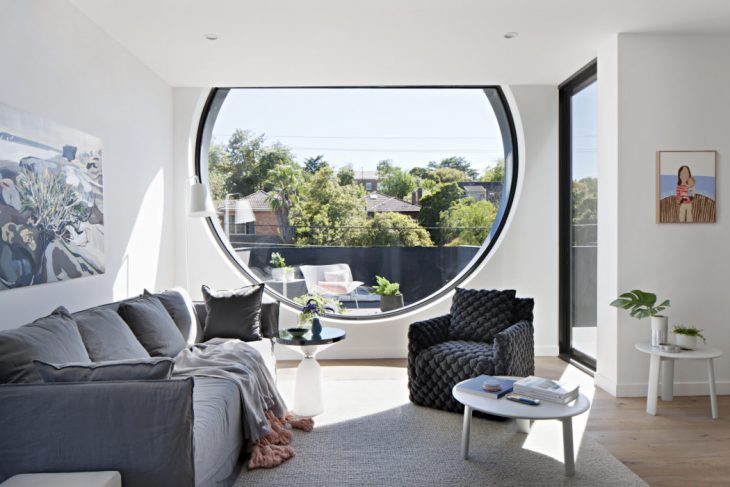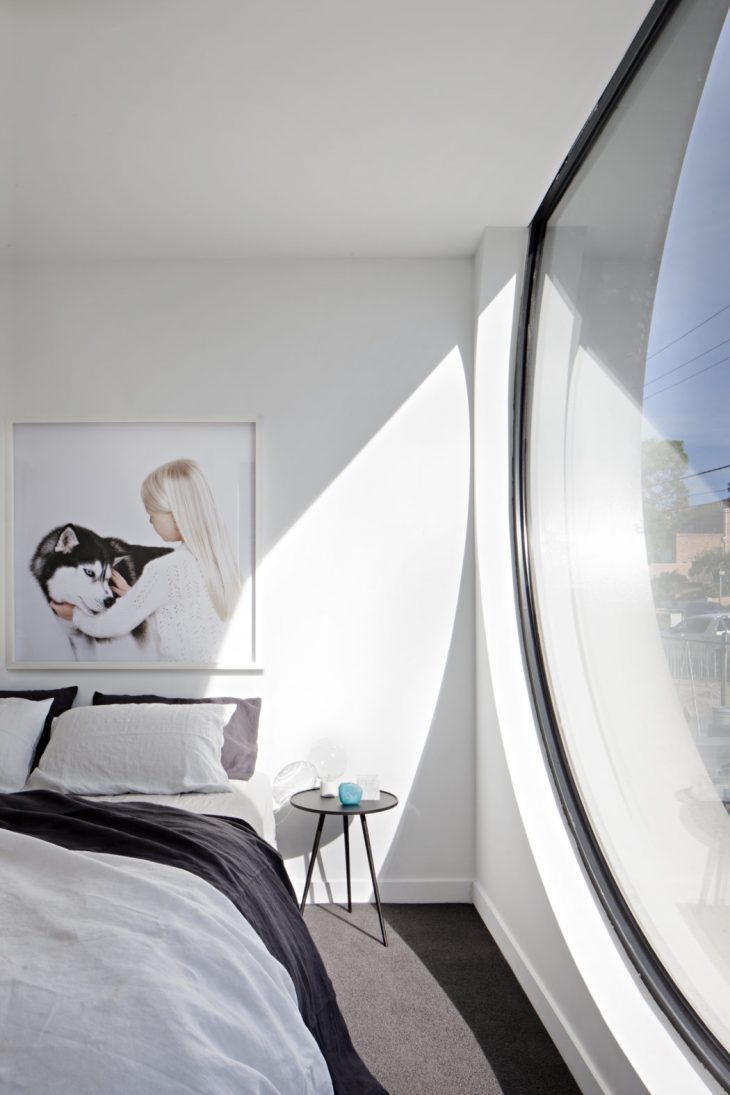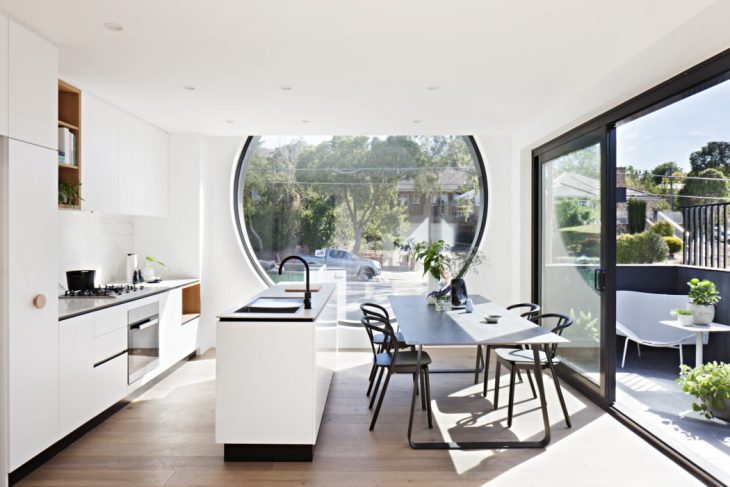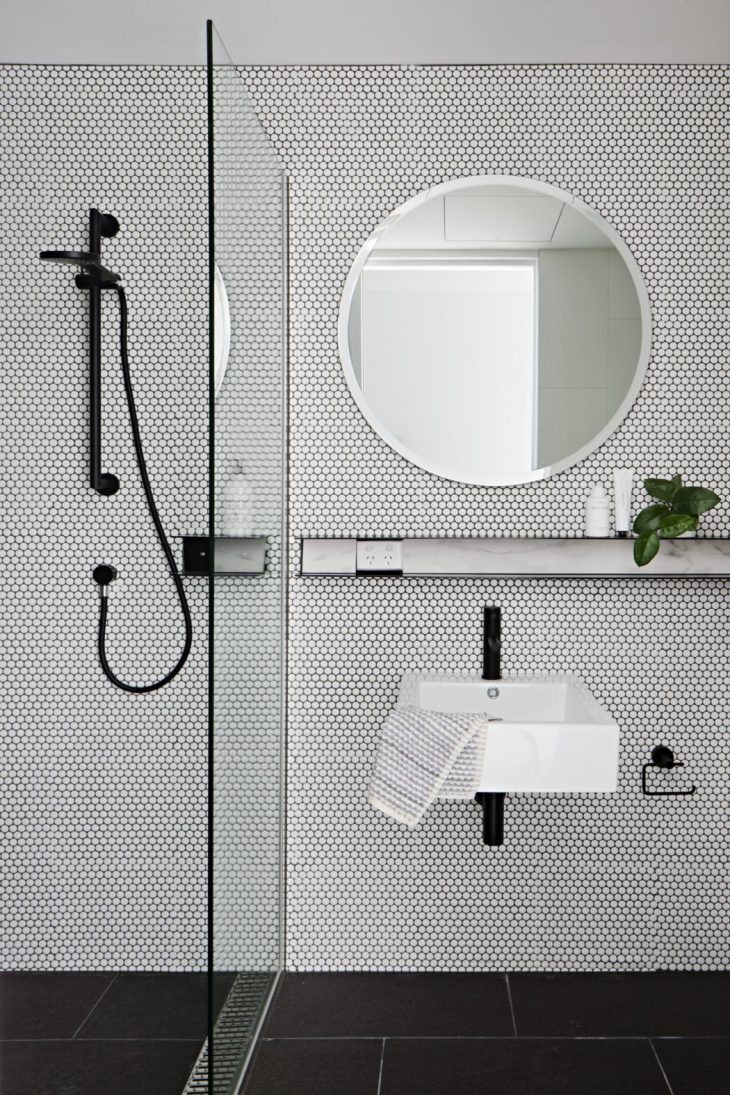
Small can be beautiful, but it can also feel restrictive. When it comes to planning updates to smaller living spaces, having some clever tricks up your sleeve can help to ensure the size of the room you’re working with doesn’t cramp your interior style. And many of us do need to grow more confident when working with smaller spaces because evidence shows they’re becoming the norm. Recent research from the UK reveals that the main communal space in British homes – the lounge – is on average 32% smaller than those built in the 1970s. Apparently, the UK’s new builds are the smallest in Europe but compact living spaces are certainly not confined to Europe. In fact, one architect has suggested that we forgo building living rooms altogether in order to make homes more affordable for all. If you’re space is smaller than average, it’s time to embrace it and make the most of what you do have. Here’s where to start…
Great Lighting
Lighting can make such a difference to a room. It can help it make cosy or brighter or simply just more breathable. The indoor generation campaign from Velux raises some really important points for architects and homeowners – or renters – alike. Bringing more light into your home can impact mood, health and give a space more life. Along with effective external doors and windows, inner bi-fold doors can help to promote flow of light and help to open up smaller spaces.

As for artificial light, consider how much a fitting or floor lamp will give in return for the space they take up. This isn’t just about light – will it add colour, texture or offer convenience too? Ceiling studded lights are great space savers and table lamps can be handy for those who want the option of layering down lighting without giving over square inches to a floor lamp or having a wall fixture intrude into the room. That’s not to say you should dismiss pendant lights or other fittings that hang lower or are larger in design because these pieces can make a great inclusion as part of a balanced space.
The Right Pattern
Pattern should be avoided in smaller spaces at all costs, right? Ask the interior experts and they’ll be quick to disagree. It’s common to keep small rooms all white and free of pattern because it makes them look brighter and stops the space looking broken up, which can make it appear smaller. However, if you’re a pattern lover you don’t need to swerve it completely.
The key is to consider where your choice of patterns will lead the eye or fight for focus. You might choose to have a large bold print on your sofa or a medium-sized print wallpaper across the walls. If you really want to use the tricks of the trade, try using vertical stripes that lead the eye upwards, this works particularly well in rooms with high ceilings. When choosing patterned papers for your walls, think carefully about how you’ll place them too. Centring a pattern to the wall can look more aesthetically pleasing and make it seem larger.

Just the Colour
We’ve already mentioned the saviour colour of modern small spaces – white – but what other shades can enhance a petite living space? If you want the area to be a warm, welcoming space where you’ll chat with guests cozied under throws, mugs of coffee in hands, be brave and go for richer, darker colours. Lighter shades of blue and green can be soothing and calming and make a space feel larger, without the need for an all-white approach. Pastel combinations can also be very pleasing on the eye, though it pays to be mindful of the jarring effect of chopping and changing between walls when using block colours. Forget statement walls and instead, look at choosing one shade for your woodwork and another for your walls then ceiling. Create a sense of continuity as you look around the room.

Hopefully this post has given you some inspiration to feel braver when decorating small living areas. Don’t forget the importance of the furniture and furnishings in the space when the decorating is done though. While you don’t need to go full Marie Kondo, committing to regular de-cluttering is a must. It will help prevent that closed in feeling and make your space more functional, easier to move around and simpler to clean. And naturally, a clutter-free look make it easier for you and your guests to appreciate your spectacular interior design efforts.
Images from Cirqua Apartments by BKK Architects – See the full story here



